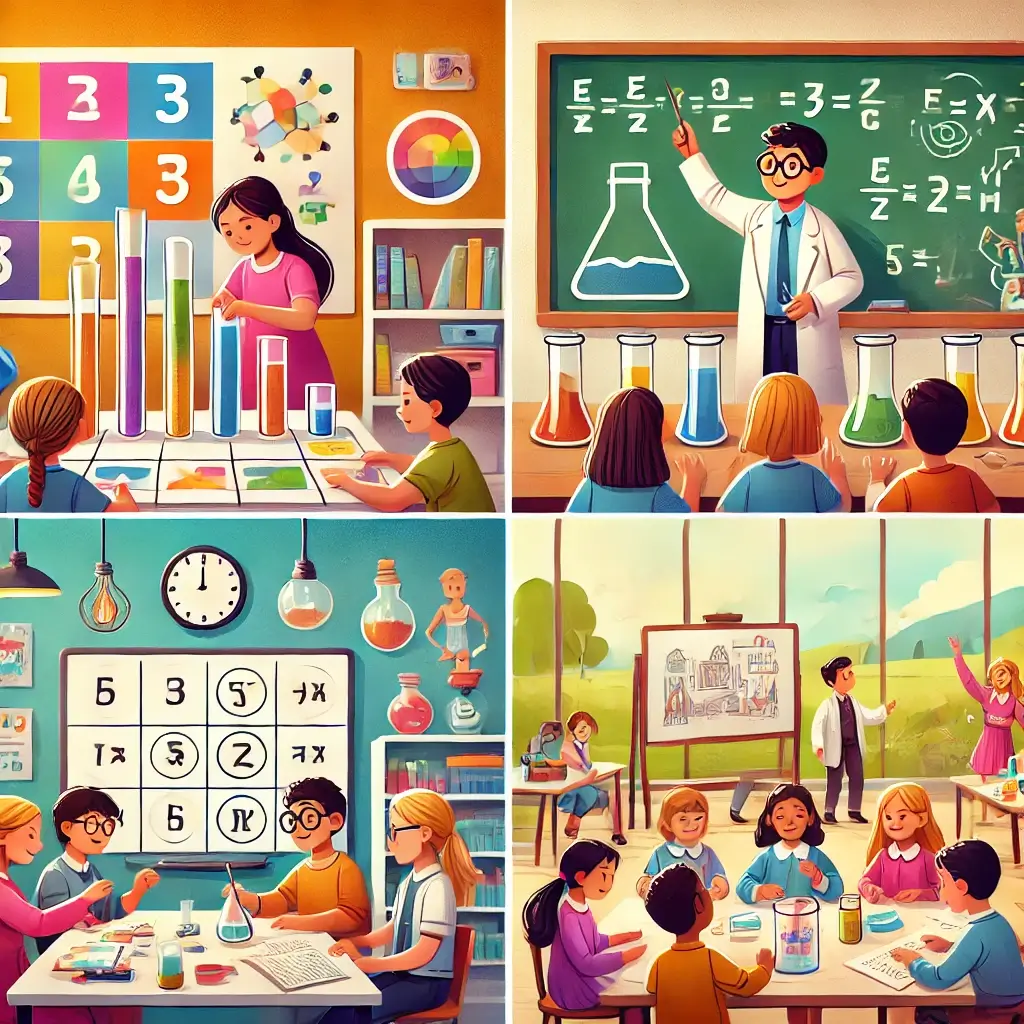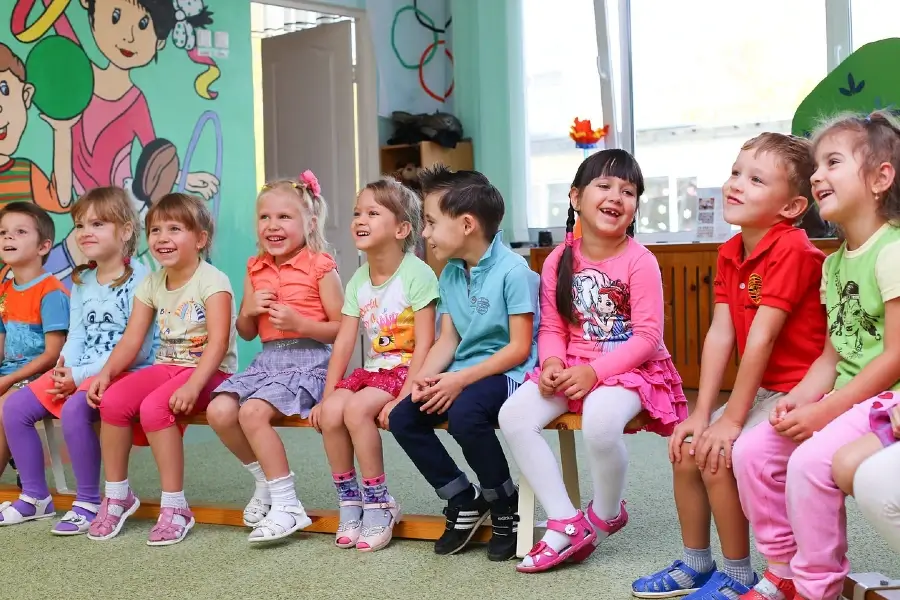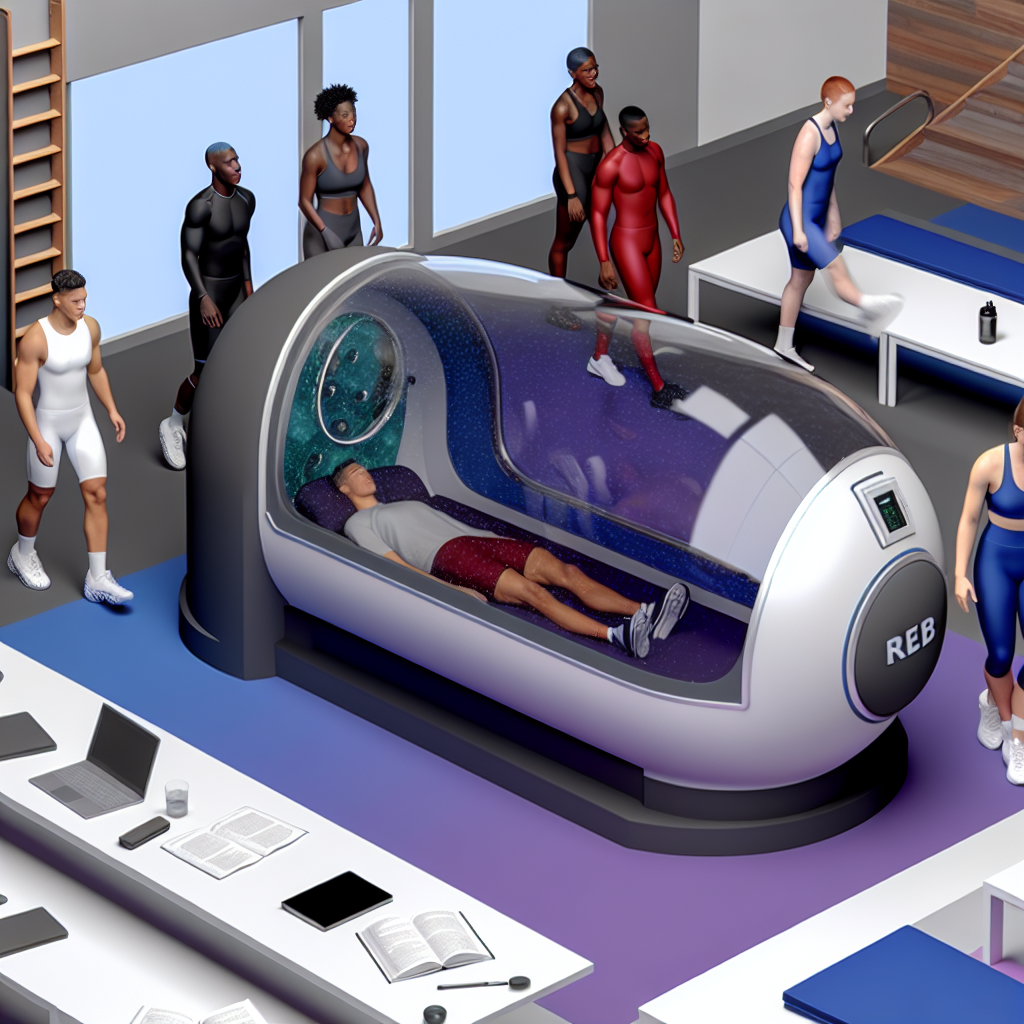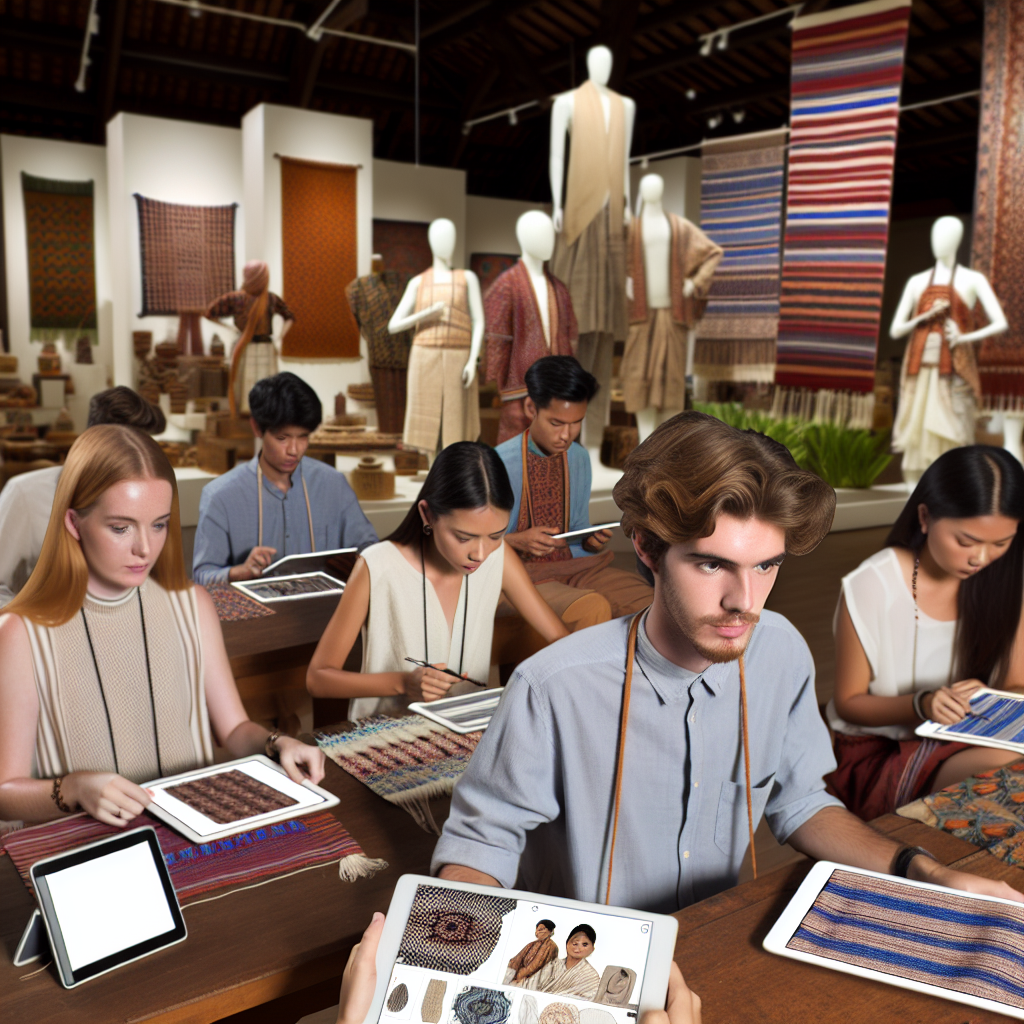The Rise of Multi-Sensory Learning in Modern Education
In modern classrooms, where students possess diverse learning styles and abilities, multi-sensory learning has emerged as a transformative approach. By engaging multiple senses—visual, auditory, tactile, and kinesthetic—this method accommodates varied learner needs, including those with dyslexia, ADHD, or autism spectrum disorders. Grounded in neuroscience, multi-sensory learning encourages active participation, fostering better understanding and long-term retention. For educators, the challenge lies in designing curricula that integrate these elements effectively across core subjects.
Research-Based Evidence Supporting Multi-Sensory Techniques
Research, such as the findings published in Frontiers in Psychology, underscores the cognitive benefits of multi-sensory engagement, highlighting improved problem-solving and creative thinking among students exposed to such methods. This article explores multi-sensory techniques applicable to mathematics, science, language arts, and social studies, providing actionable insights to enhance classroom engagement.
Mathematics Implementation Strategies
Manipulatives: Incorporate tools like fraction bars or number lines to visually and physically represent mathematical operations. Research shows these tools significantly improve spatial reasoning and understanding of abstract concepts (Taylor & Jones, 2019).
Interactive Learning Through Games and Technology
Gamification: Use interactive games that combine physical movement with problem-solving, such as relay races involving equations. Technology Integration: Leverage apps that use sound, visuals, and touch, such as digital abacuses or geometry sketchpads.
Science Learning Through Experimentation
Experimental Learning: Design labs where students actively hypothesize, test, and record results, such as creating chemical reactions with baking soda and vinegar. Visual Aids: Employ interactive whiteboards to display animations of natural processes, like volcanic eruptions. Outdoor Activities: Organize nature walks to observe ecological systems in action, providing real-world connections to classroom lessons.
Language Arts Development Techniques
Story Mapping: Use tactile boards where students pin key story elements. Studies have shown this method helps improve narrative comprehension (Kim et al., 2021). Interactive Read-Alouds: Incorporate sound effects or props to bring stories to life. Collaborative Writing: Utilize shared writing exercises to teach narrative structure and grammar.
Social Studies Engagement Methods
Immersive Role-Playing: Have students reenact historical debates or cultural festivals. This technique has been linked to improved empathy and critical thinking (Johnson et al., 2020). Multimedia Projects: Encourage presentations using video, art, and voiceovers to explore historical or social themes. Geography Challenges: Use physical maps and compasses for interactive lessons on navigation.
The Impact of Multi-Sensory Teaching
For educators, multi-sensory teaching is more than just an instructional strategy; it is a gateway to inclusive and impactful learning that can profoundly transform the educational experience. Research in the field of cognitive psychology and neuroscience has consistently validated the efficacy of multi-sensory teaching approaches, demonstrating their ability to enhance student engagement, retention, and overall academic performance.
Benefits of Multiple Sensory Modalities
By engaging multiple sensory modalities, such as sight, sound, touch, and even kinesthetic movement, multi-sensory teaching taps into the diverse learning styles and preferences of students. This holistic approach not only caters to the unique needs of each individual but also fosters a more dynamic and interactive classroom environment, where students are actively involved in the learning process.
Supporting Students with Learning Challenges
Furthermore, the integration of multi-sensory elements into the curriculum can greatly benefit students with diverse learning challenges, including those with dyslexia, attention deficit disorders, or other neurological differences. By providing multiple entry points to the same content, multi-sensory teaching empowers these students to access and comprehend information in a way that aligns with their individual strengths and learning profiles.
Conclusion and Future Implications
As an indispensable part of modern pedagogy, multi-sensory teaching has become a cornerstone of inclusive education. By embracing this approach, educators can create vibrant, engaging, and responsive classrooms where every student finds their path to success, regardless of their learning needs or abilities. Through the implementation of multi-sensory strategies, educators can unlock the full potential of their students and foster a more equitable and enriching educational landscape.
Academic References
Taylor, M., & Jones, L. (2019). The Role of Manipulatives in Math Education. Journal of Mathematics Education, 15(4), 210-225.
Kim, H., et al. (2021). Story Mapping Techniques in Literacy Development. International Journal of Education Studies, 10(2), 89-105.
Johnson, D., et al. (2020). Role-Playing in Social Studies Education. Social Studies Quarterly, 45(3), 123-136.

Dominic E. is a passionate filmmaker navigating the exciting intersection of art and science. By day, he delves into the complexities of the human body as a full-time medical writer, meticulously translating intricate medical concepts into accessible and engaging narratives. By night, he explores the boundless realm of cinematic storytelling, crafting narratives that evoke emotion and challenge perspectives. Film Student and Full-time Medical Writer for ContentVendor.com




